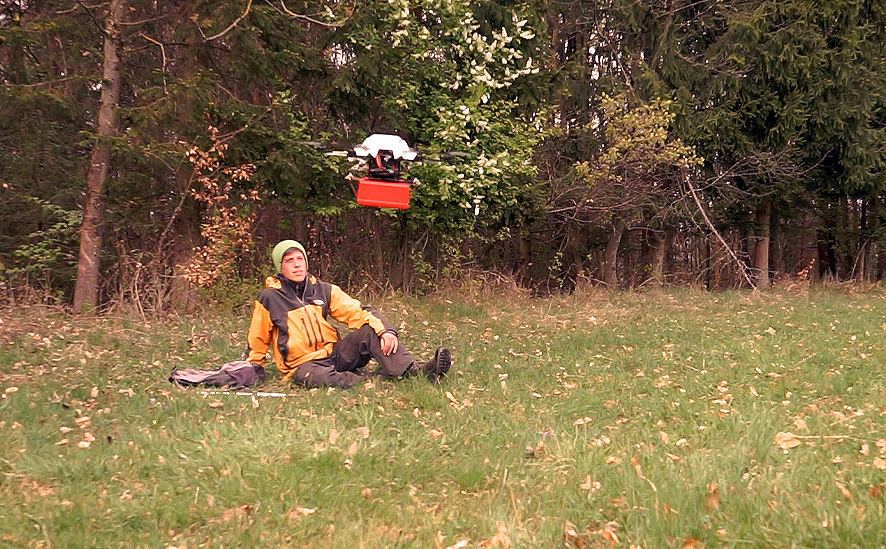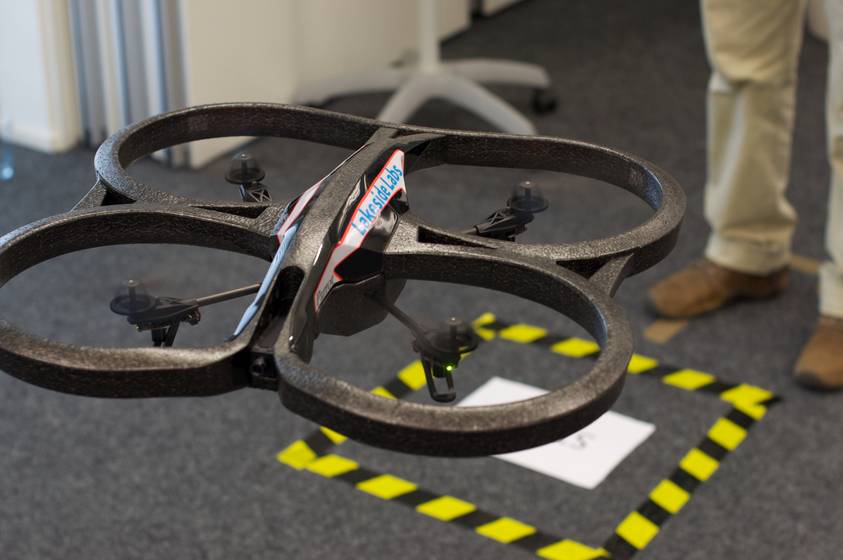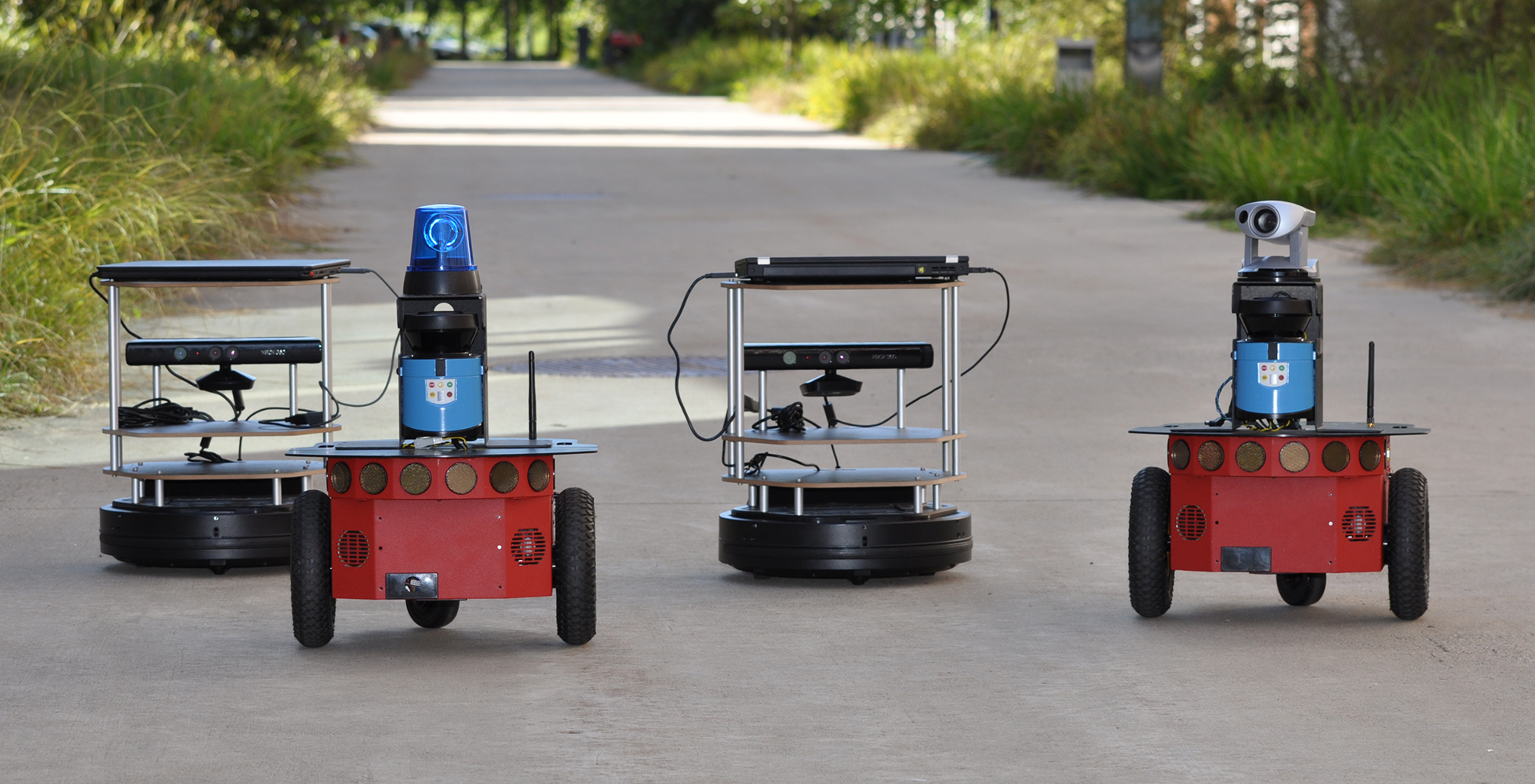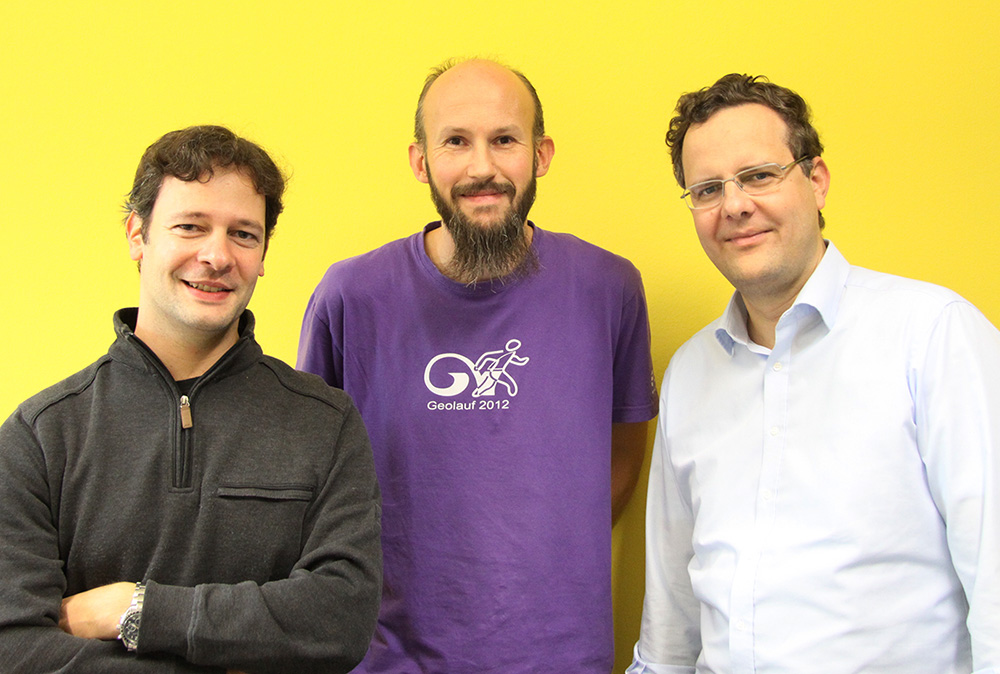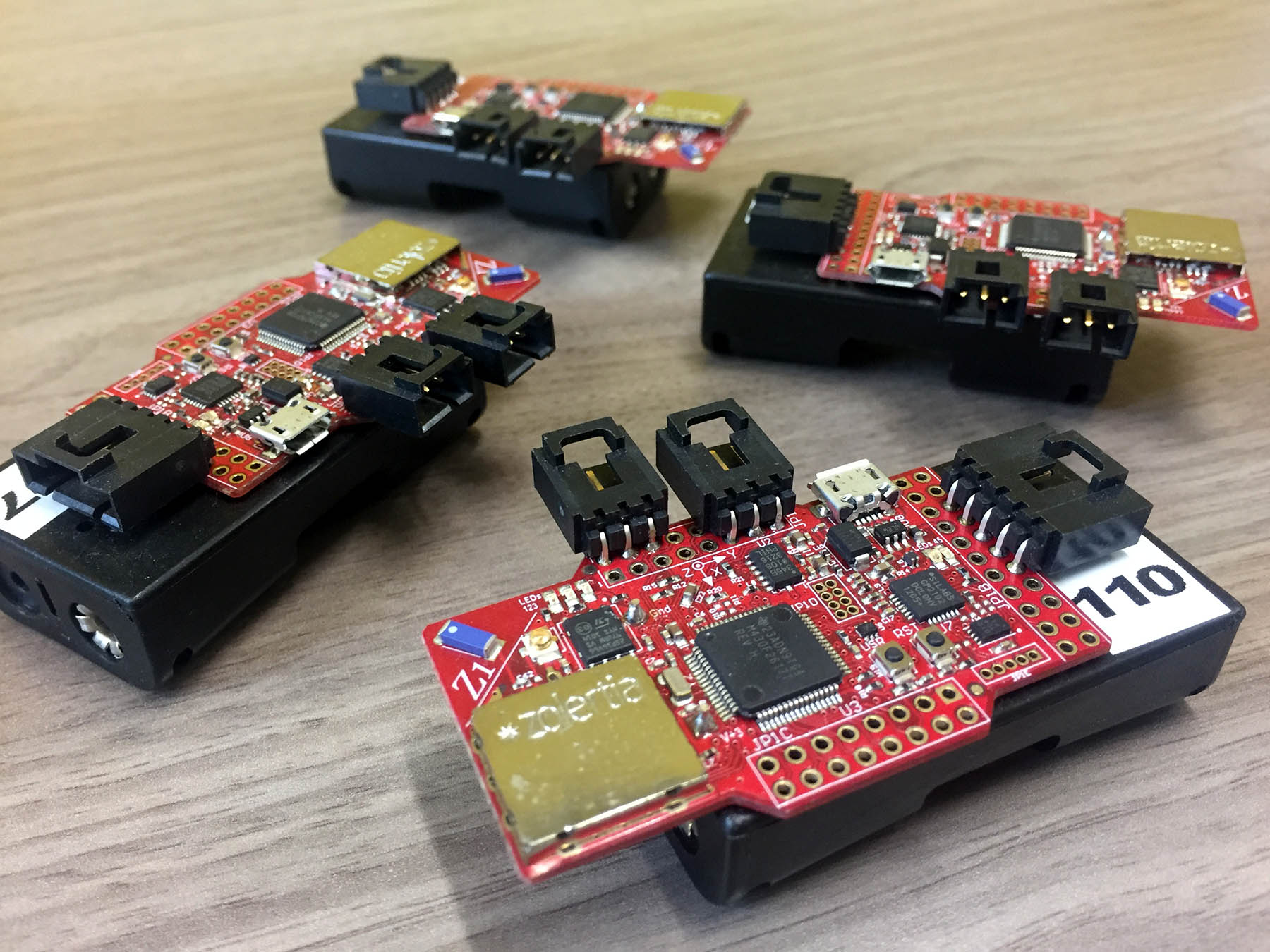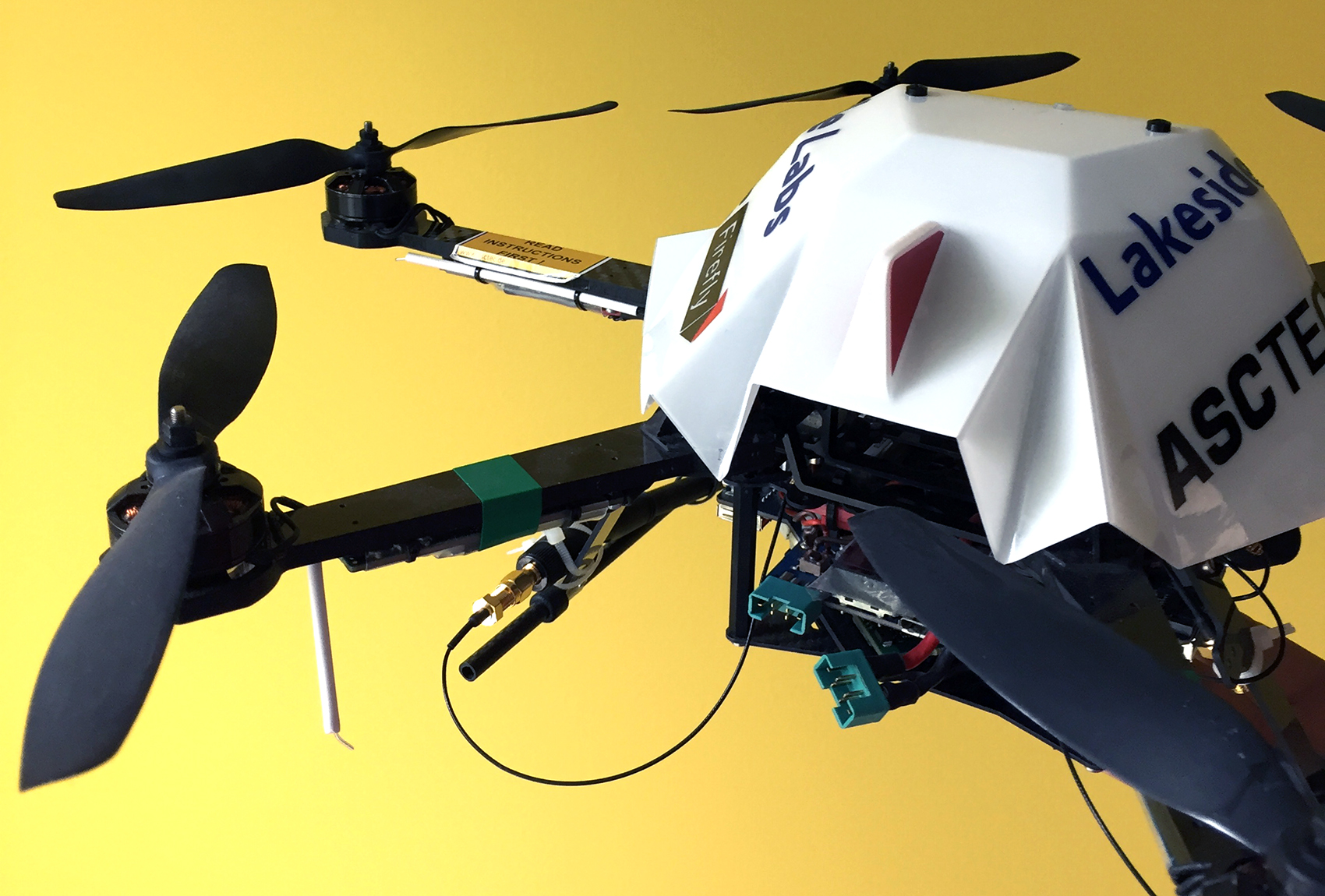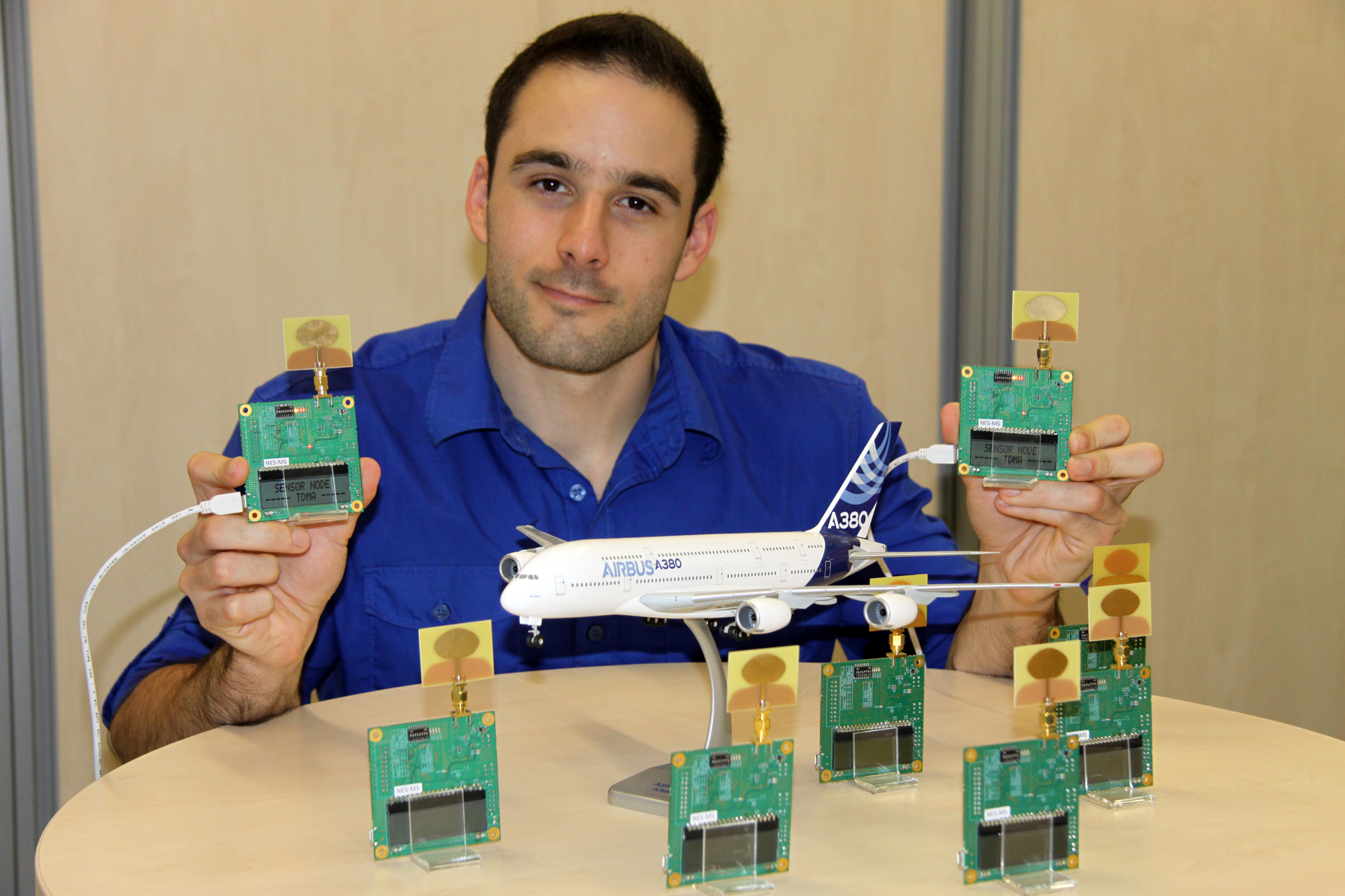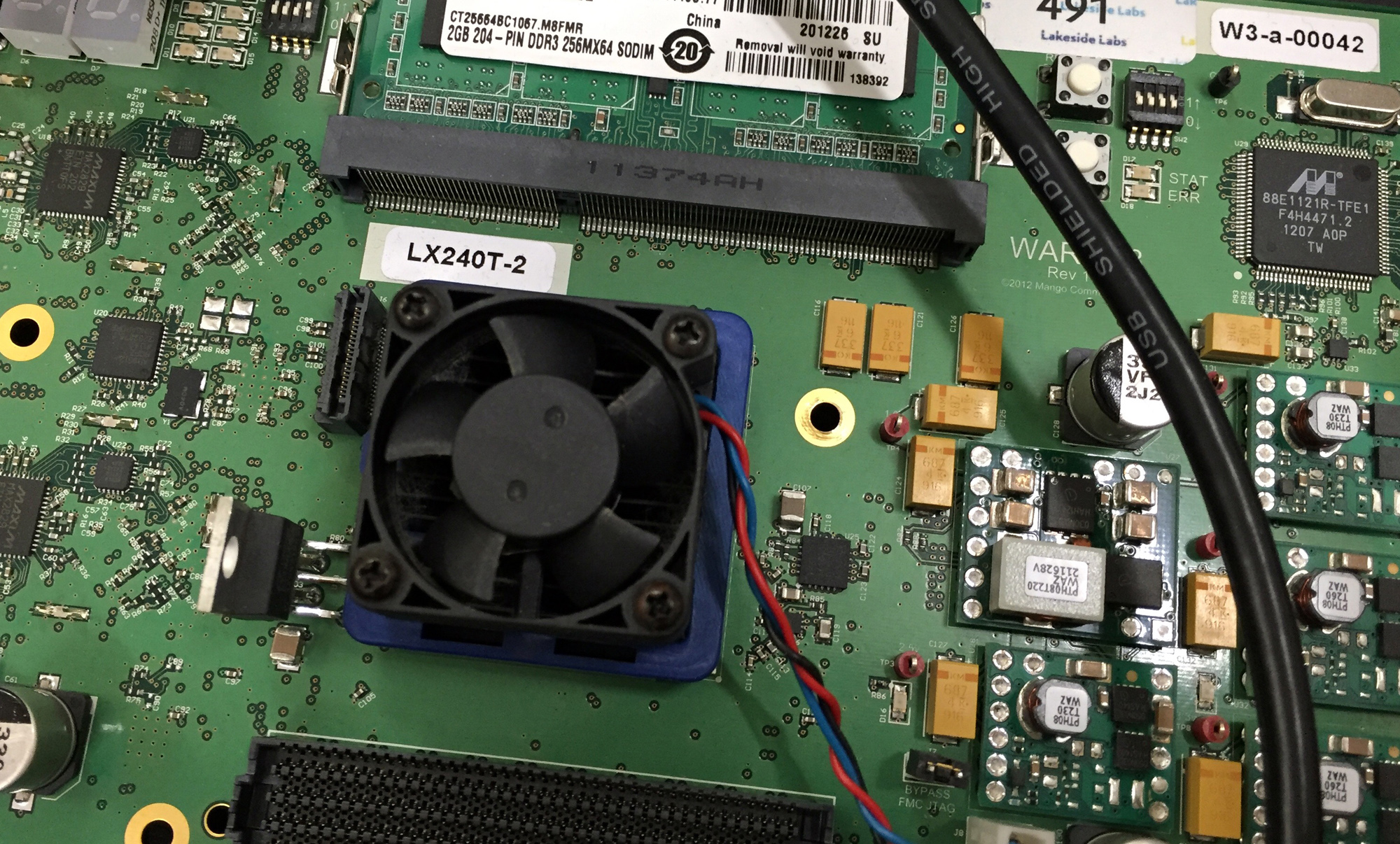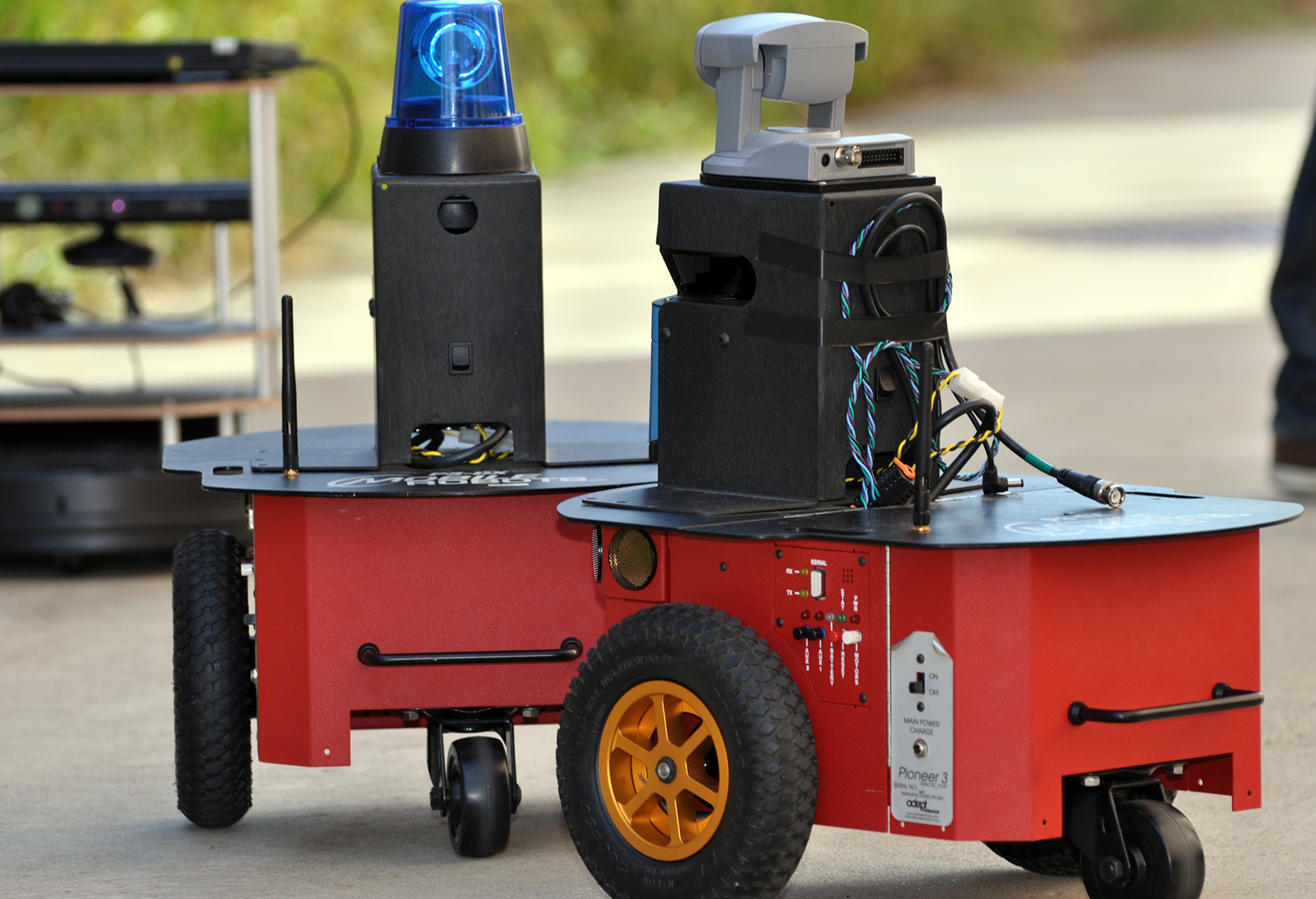Drones get to grips with planning the delivery of goods
A multidisciplinary team at the University of Klagenfurt is due to deliver initial insights on the efficient operation of a drone-based delivery network. Doctoral student Pasquale Grippa will present the results at the Robotics: Science and Systems event taking place at MIT this week.
